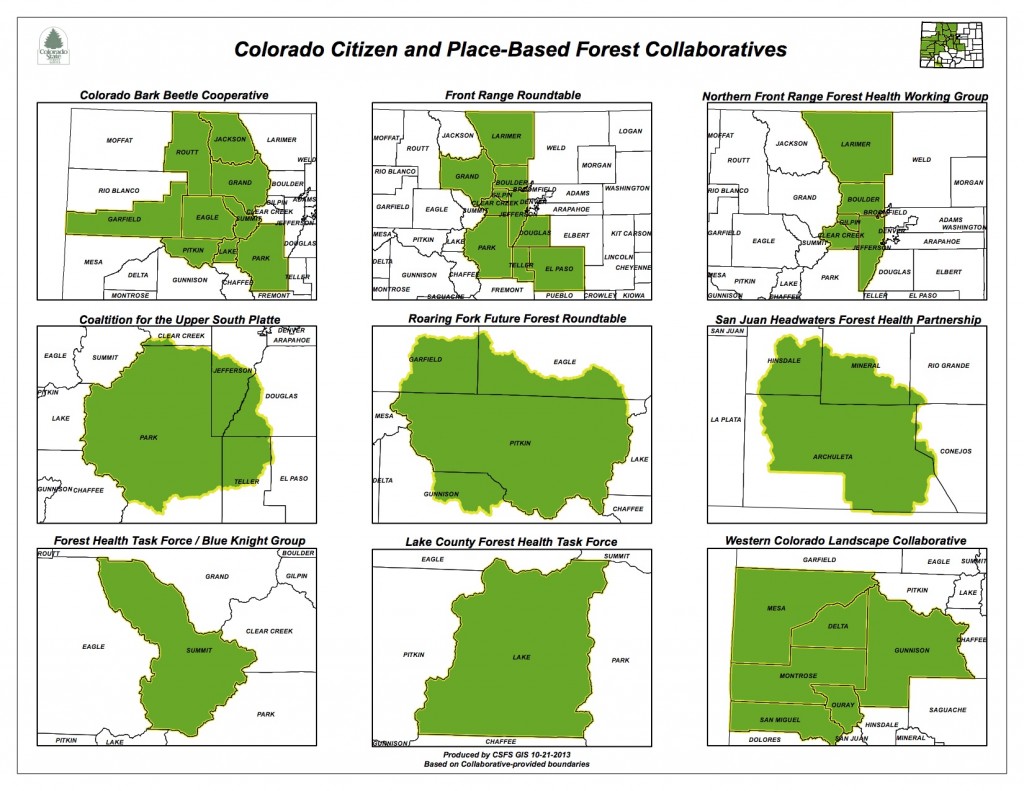 To find out more about forest collaboratives, check out this page on the nationwide Collaborative Forest Restoration Program.
To find out more about forest collaboratives, check out this page on the nationwide Collaborative Forest Restoration Program.
Month: November 2013

The True Cost of Wildfires in the Western U.S.
The millions of dollars spent to extinguish large wildfires are widely reported and used to underscore the severity of these events. Extinguishing a large wildfire, however, accounts for only a fraction of the total costs associated with a wildfire event. Residents in the wild land-urban interface (WUI) are generally seen as the most vulnerable to fire, but a fuller accounting of the costs of fire also reveals impacts to all Americans and gives a better picture of the losses incurred when our forests burn.
Read the full report: The True Cost of Wildfire in the U.S.
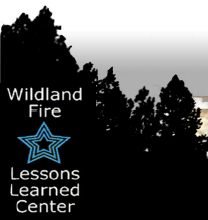
Wildfire Cost-plus-Loss
US forests have been experiencing an escalating number of catastrophic-scale forest wildfires during the past 20 years. US Forest Service and other local, State, Federal, and Tribal government wildfire suppression costs have also escalated dramatically, to nearly $2 billion/year. Preliminary research indicates that USFS suppression costs may represent only 2-10% of the total “cost-plus-loss” damages to burned forests, however; recent public losses attributable to major forest wildfires may total $20 billion to $100 billion/year (or possibly more). The “U.S. Wildfire Cost-Plus-Loss Economics Project” was founded by the four authors and other interested citizen volunteers in early 2008 to better document and publicize these losses. A comprehensive peer-reviewed wildfire cost-plus-loss ledger has been developed by the authors, and funding is currently being sought to test its functionality for the 2009 fire season. This article is intended to bring the project to public attention, define the project’s purpose and intent, and to introduce a “one-pager’ checklist summary of the draft ledger that can be used by interested professionals, affected citizens, landowners, county officials, and others to begin a more comprehensive analysis of individual wildfires and their economic effects on US lives, livelihoods, structures, cultural and natural resources.
Read the full report – U.S. Wildfire Cost-Plus-Loss Economics Project: The “One-Pager” Checklist
The Full Cost of New Mexico Wildfires
Due to the amount of variables and range of effects, predicting the true cost of an individual wildfire is equally as difficult. Lack of tracked and available of data and the case-specific nature of each wildfire provides many challenges in overall cost estimation. However, a report including six wildfire case studies from the western United States by the Western Forestry Leadership Coalition estimated the true cost of a wildfire as compared to the suppression cost. These ratios of total cost to suppression cost from the study have been applied to tracked suppression costs of the larger wildfires (fires affecting more than 40,000 acres) in New Mexico over the last four years to develop a range of possible costs of these wildfires.
Read the full report: The Full Cost of New Mexico Wildfires
The Cost of the Schultz Fire
The Schultz Fire of 2010 burned just over 15,000 forested acres and caused the evacuation of hundreds of homes . Heavy floods followed the fire, resulting in extensive damage to property downstream from the charred hillsides. Nearly three years later, seasonal flooding is still a concern and residents continue to live under the threat of swift floodwaters that may carve unanticipated pathways through their sloping neighborhoods.
Read the full report: A Full Cost Accounting of the 2010 Schultz Fire
What do Forest Fires Really Cost?
A seven-year quest to estimate forest fire costs in Colorado revealed a number of losses not usually considered. Catastrophic fires result in direct costs, rehabilitation costs, impact costs, and special value losses. They are wildfire events that imperil public health, safety, or welfare and result in significant degradation of the environment, substantial loss of property, and often death or injury of people. While each fire is unique, a series of large fire case studies, primarily in ponderosa pine forests, are used to develop a progression of cost estimates. The author concludes that damages to forest watershed values in the arid West may ultimately result in the most serious, long-term costs of large fires. A contrasting case study where fire has been a regular component of the forest ecosystem is used to question the tacit acceptance of very costly, extremely damaging catastrophic fires as natural events.
Read the full report: What do Forest Fires Really Cost?
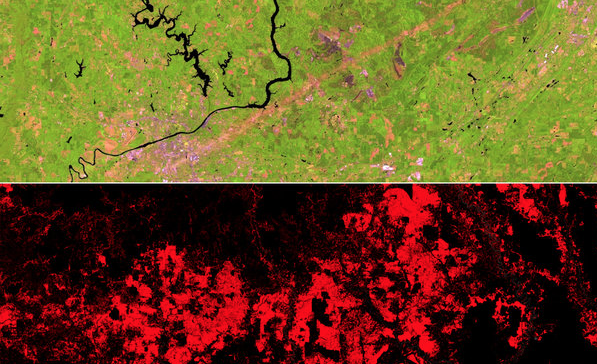
New Tool To Track Forests
Check out this cool mapping tool developed to track changes in forests across the globe. Read this NY Times article for a little background.
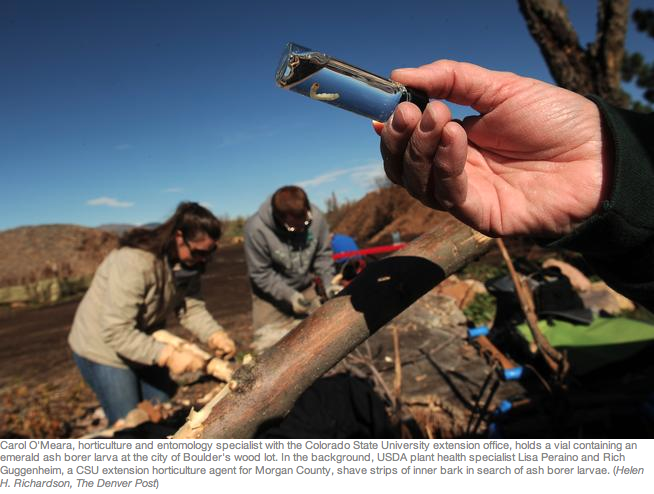
Emerald ash borer puts Colorado tree experts on alert
This insect … makes all other insects look beneficial
Read the full Denver Post article about the discovery of the emerald ash borer in Boulder County and what the implications are for Colorado.
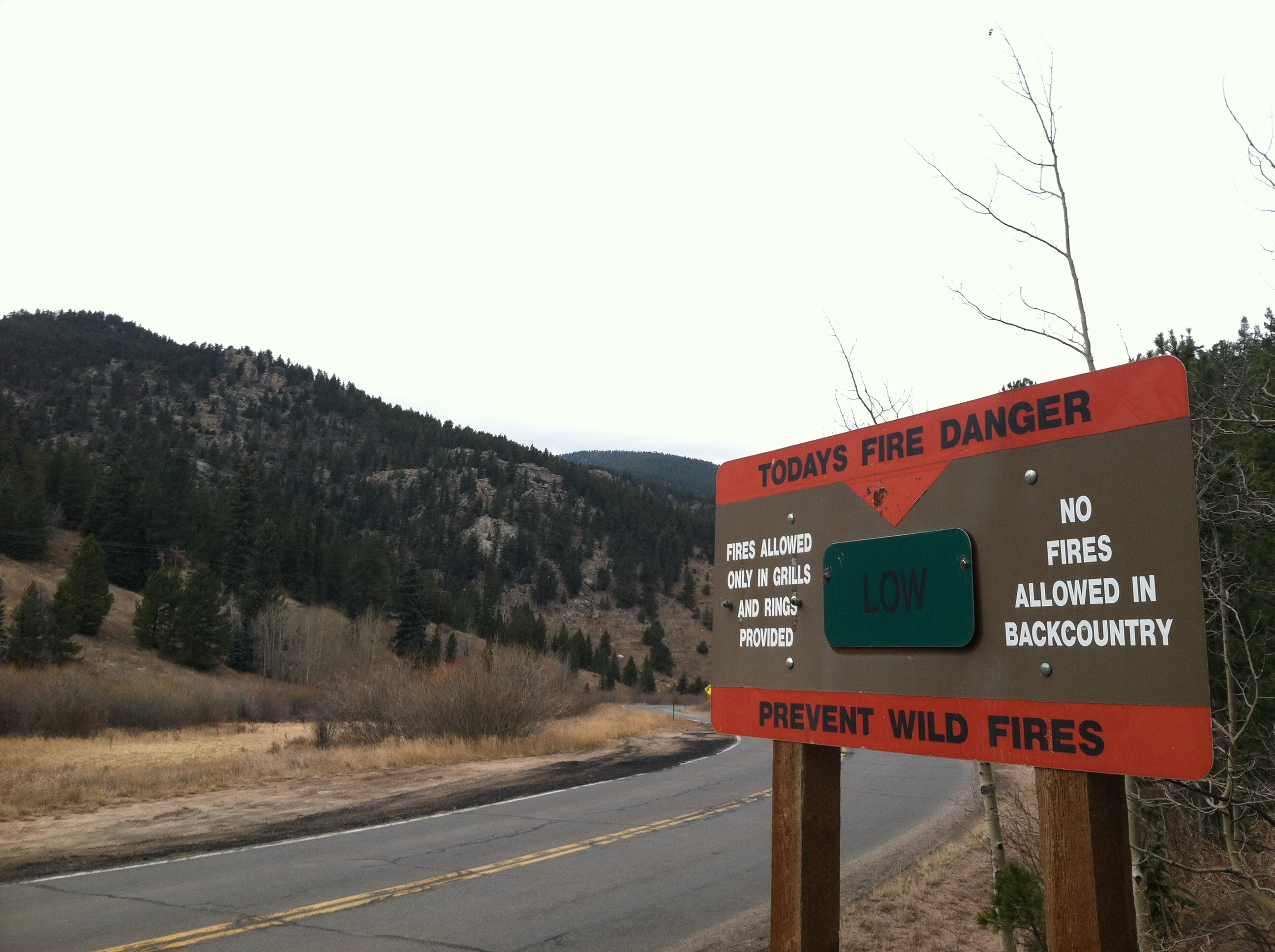
Legislature Won’t Immediately Consider Fees for WUI Homeowners
Take a listen to this story on Colorado Public Radio to learn more about the current direction of wildfire-urban interface (WUI) legislation in Colorado.
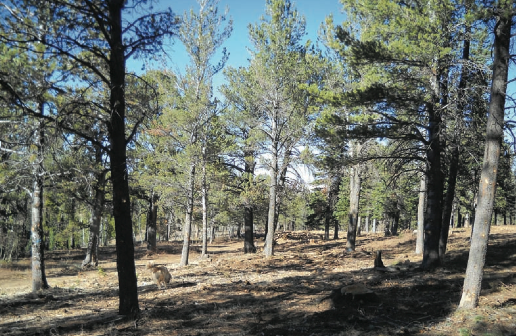
Continuity & Momentum in the Aftermath of Wildfire – Woodland Park Firewise Communities
Examples of this perseverance in the face of catastrophe abound among our Firewise brethren. For example, in response to last year’s Waldo Canyon Fire, which destroyed nearly 300 homes in Colorado, community activists Bonnie Sumner and Scott Lord led their respective communities (Majestic Park and Forest Edge County Ridge Estates) in stepping up their local efforts. Sumner recalls attending a remembrance marking the 10-year anniversary of the 2002 Hayman Fire, where she picked up information about Firewise principles. Three days later, the Waldo Canyon Fire struck.
Read the full article in the Fall 2013 Firewise How-To Newsletter